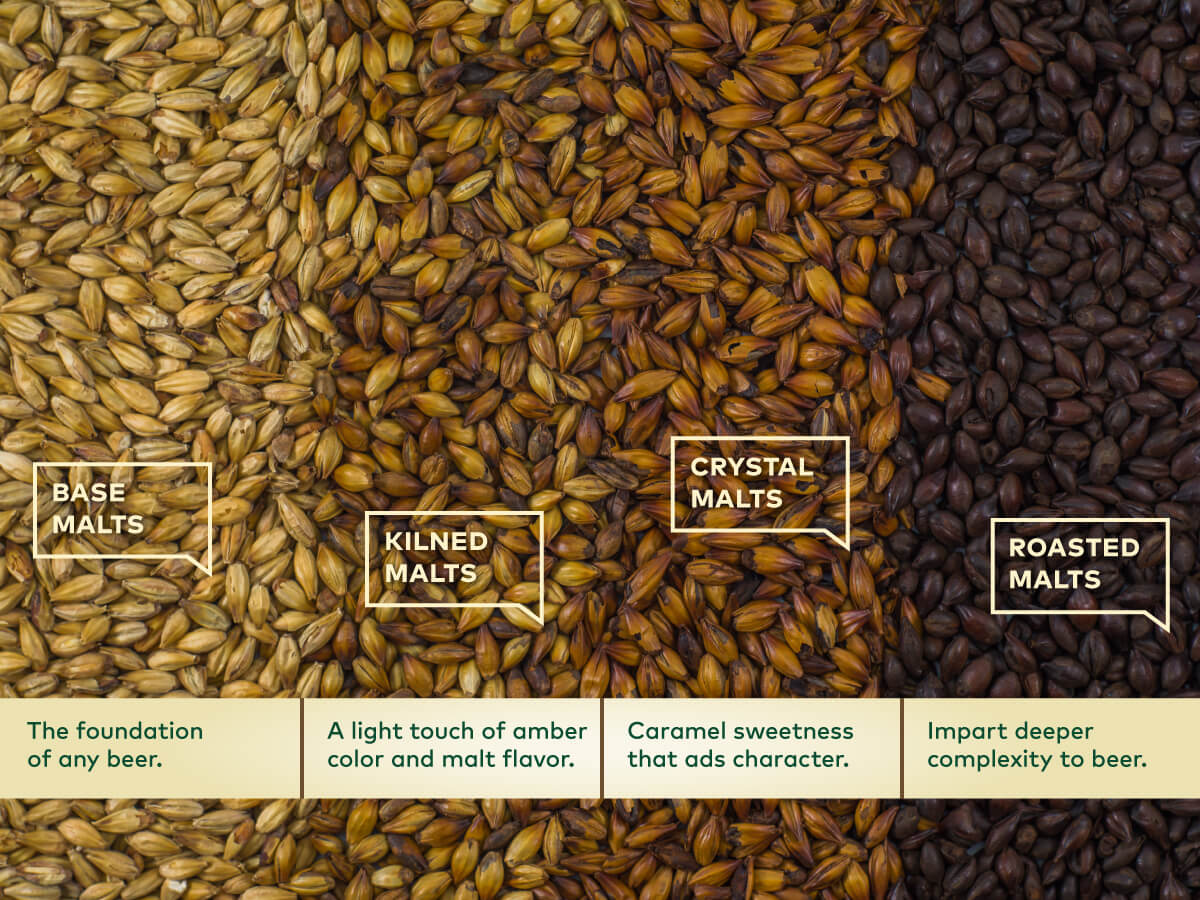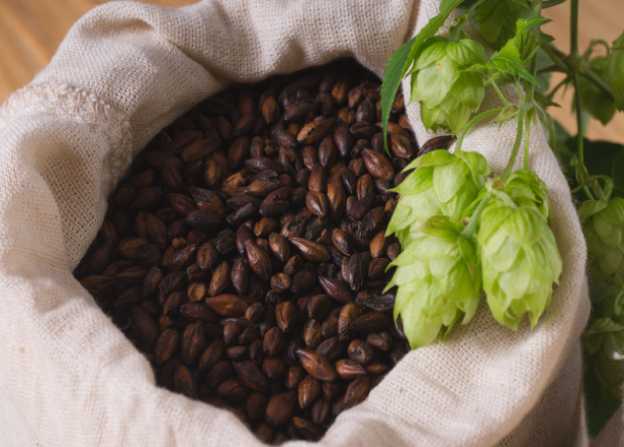Winter is a great time to have a glass of tmavé pivo. For some reason, the distinguishing tmavé pivo character goes really well with cold weather. Malt is responsible both for the color of beer as well as the recognizable flavor profile. After the harvest, the barley is not suitable for brewing (it cannot be fermented) so it is malted into malted barley. The malting means that the barley is first soaked, allowed to germinate and finally at a certain point heated. The amount of heat is crucial for the creation of a particular malt profile.

Base malts, that make up the majority of the beer malt bill, are exposed to less heat. Kilned malts, used i.e. for amber beer, are exposed to a bit of more heat. For dark beers, part of the mash includes malts that are exposed to higher temperatures. Not only does the heat make the malt darker, but it also helps create rich aromas we experience when drinking dark beers. Roast, coffee, toffee, nuts, chocolate and similar flavors are the result of the malting process. Depending on the amount of heat, various types of malt are produced.
Caramel and crystal malts are the same family of malts. They vary in complexity and color from lighter to darker ones. They impart sweet, caramel (hence the name) notes to the beer with some of them being responsible for adding head retention and body. The darker the crystal malts are, they tend to ad a more roasty and nutty flavor.
Roasted malts are the darkest malts. They are added in smaller percentages to beer, most notably to porters, stouts and dark lagers. Roasted malts create a wide range of unique, interesting flavors because they are exposed to the highest amount of heat. The heat helps produce flavors like chocolate, toffee, cocoa, coffee and burned sugar.
The thing with darker malts is the deep complexity they help create. If a brewer decides to brew a beer where malt is the hero, there is a number of malt varieties at his disposal. With dark beers, a number of roasted and crystal malts are used, sometimes even six or seven different ones, depending on the desired beer profile. Thanks to the various malt varieties, the playground for the brewer can be endless.


